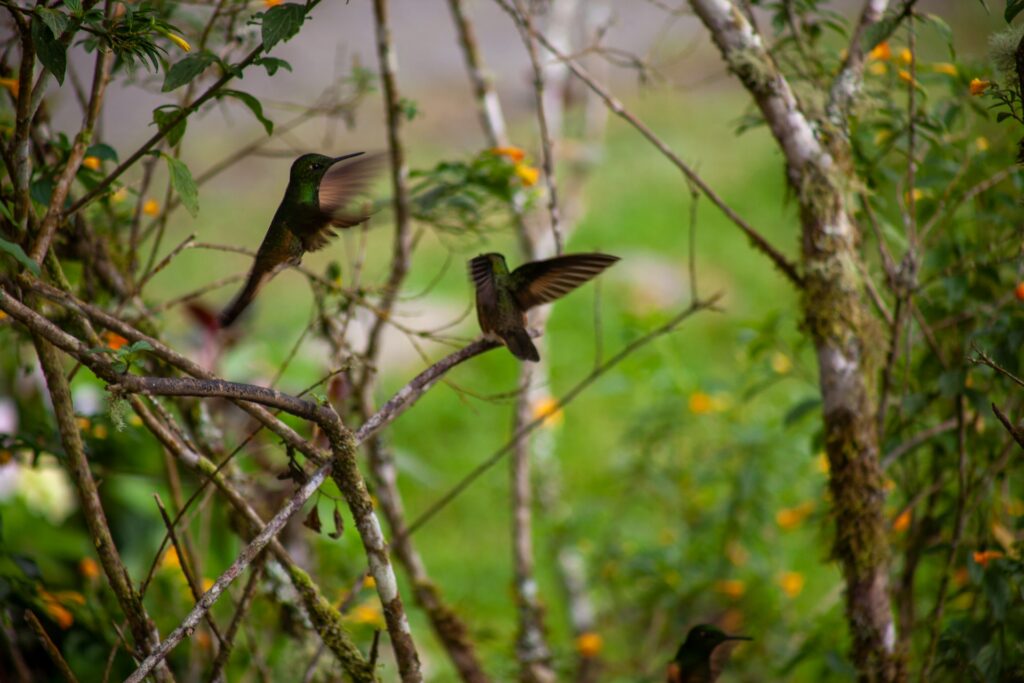The loss of biodiversity and the collapse of ecosystems are some of the leading environmental risks we will face in the coming years: why is it essential to preserve biodiversity?

How many life forms are there on Earth? The answer is that we don’t know. Four million? 400 million? The debate among scientists is still open. What we do know, however, is that of the species known to date (between 1.5 and 1.8 million), 50 disappear daily. What is happening?
What is biodiversity? Wealth and balance that make our planet unique
We can describe biodiversity as the richness of life forms on Earth. The UN Convention on Biological Diversity defines biodiversity as the variety and variability of living organisms and the environments in which they live.
We all think of biodiversity as the diversity of animal and plant species, and it is. Still, it is also the genetic variability within a species (this explains, for example, why a European squirrel can be fawn red but also black) and the diversity of ecosystems.
Forests, lakes, grasslands, savannahs, and coral reefs are all ecosystems, all very different from each other, and each is governed by delicate natural balances. The Earth is an amazing place for the richness of the life forms it hosts: this richness is our fortune as human beings.
Why is biodiversity important? How millions of species save our lives
We are closely connected to nature, its regulatory mechanisms and its biodiversity. Several studies have tried to put an economic value on these connections in recent years. To explain how and how much nature provides directly or indirectly for our well-being.
Biodiversity provides us with raw materials essential for our survival and economy (timber, textile fibres, food, energy) and regulates natural mechanisms indispensable for life (the water cycle, temperatures, nutrient cycles, pollination, defence against disease). It heals our minds during a walk in a forest. These benefits (and many others), which we often take for granted and which nature offers us completely free of charge, are called ecosystem services.
We have learnt a great deal from biodiversity. So many medicines, everyday materials, and technological solutions come from observing and experimenting with solutions already found before us by a fungus, the bark of a tree, the scales of a shark’s skin, and a butterfly’s wings. Biodiversity is a workshop full of ideas and solutions.
What damages biodiversity: Mayday Anthropocene
The disappearance of species is a natural phenomenon. It has always happened, and it will always happen. What concerns us as a community of scientists and nature experts, and should concern everyone, is that the rate at which species become extinct is now 100 to 1000 times higher than under ‘natural’ conditions. According to the World Economic Forum’s Global Risks Report, the loss of biodiversity and the collapse of ecosystems represent some of the leading environmental risks we will face in the coming years.
The causes of biodiversity loss are climate change, invasive alien species, loss and tampering with natural habitats, soil consumption and impoverishment, pollution, and over-exploitation of resources (e.g. industrial fishing, monocultures, deforestation).
Did we accelerate this process? Yes, it was us. It is so evident that in 2000, the Dutch chemist and Nobel Prize winner Paul Crutzen coined and proposed a term to define the geological era of human being’s dominance over nature: it is the Anthropocene and begins with the first industrial revolution.
How to preserve biodiversity: what can we do now?
Scientists and politicians worldwide are trying to run for cover, with the inertia and difficulties associated with the very high interests at stake. In 2022, the UN Conference on Biodiversity (COP 15) set important targets to protect 30 percent of terrestrial and 30 percent of marine biodiversity by 2030 and to achieve longer-term goals by 2050.
The European Commission, after a heated debate, for the first time in history adopted a Nature Restoration Law, which came into force in February 2024. The United Nations Climate Conference (COP 28), held in Dubai in December 2023, unanimously recognised for the first time the need to start a concrete ecological transition process to get away from dependence on fossil fuels.
What about us? Each of us can do something. Choosing organic food, which limits the use of synthetic products harmful to pollinators (and our health), not wasting water, mowing the lawns of our gardens in respect of the smaller fauna (this is the No Mow May movement), limiting the use of plastic and microplastics as much as possible (many scrubs for example are full of them), moving in a sustainable way (public transport, cycling), engaging in environmental volunteering. These are just a few examples.
For several years now, we have been doing our part, thanks to WOWnature, by carrying out reforestation and nature conservation projects in which everyone can participate.

